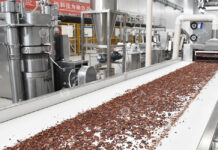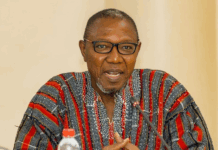
The World Bank has described growth in sub-Saharan Africa as very slow in the October edition of the Bank’s biannual report dubbed, Africa’s Pulse.
The region recorded a growth of 2.7 percent, in 2018 which is a 0.4 percent rise from the 2.3 percent recorded in 2017.
The Bank has attributed the marginal growth to the sluggish expansion in the regions three largest economies, Nigeria, Angola and South African.
Lower oil production in Angola and Nigeria offset higher oil prices, and in South Africa, weak household consumption growth was compounded by a contraction in agriculture.
Growth in the region – excluding Angola, Nigeria and South Africa – was steady.
Several oil exporters in Central Africa were helped by higher oil prices and an increase in oil production.
Unfavorable external environments largely due to the Trade War between the United States and China and the continues appreciation of the US dollar, also contributed to the slow growth.
Public debt remained high and continues to rise in some countries.
Vulnerability to weaker currencies and rising interest rates associated with the changing composition of debt may put the region’s public debt sustainability further at risk.
Other domestic risks include fiscal slippage, conflicts, and weather shocks.
Consequently, policies and reforms are needed that can strengthen resilience to risks and raise medium-term potential growth.
Chief Economist for Africa at the World Bank, Albert Zuefack says the economies should brace themselves for tougher times ahead.
“To accelerate and sustain an inclusive growth momentum, policy makers must continue to focus on investments that foster human capital, reduce resource misallocation and boost productivity.
Policymakers in the region must equip themselves to manage new risks arising from changes in the composition of capital flows and debt,” he said in a video conference.
The World Bank is however predicting the economy to grow by 3.3% in 2019.
citibusiness
























